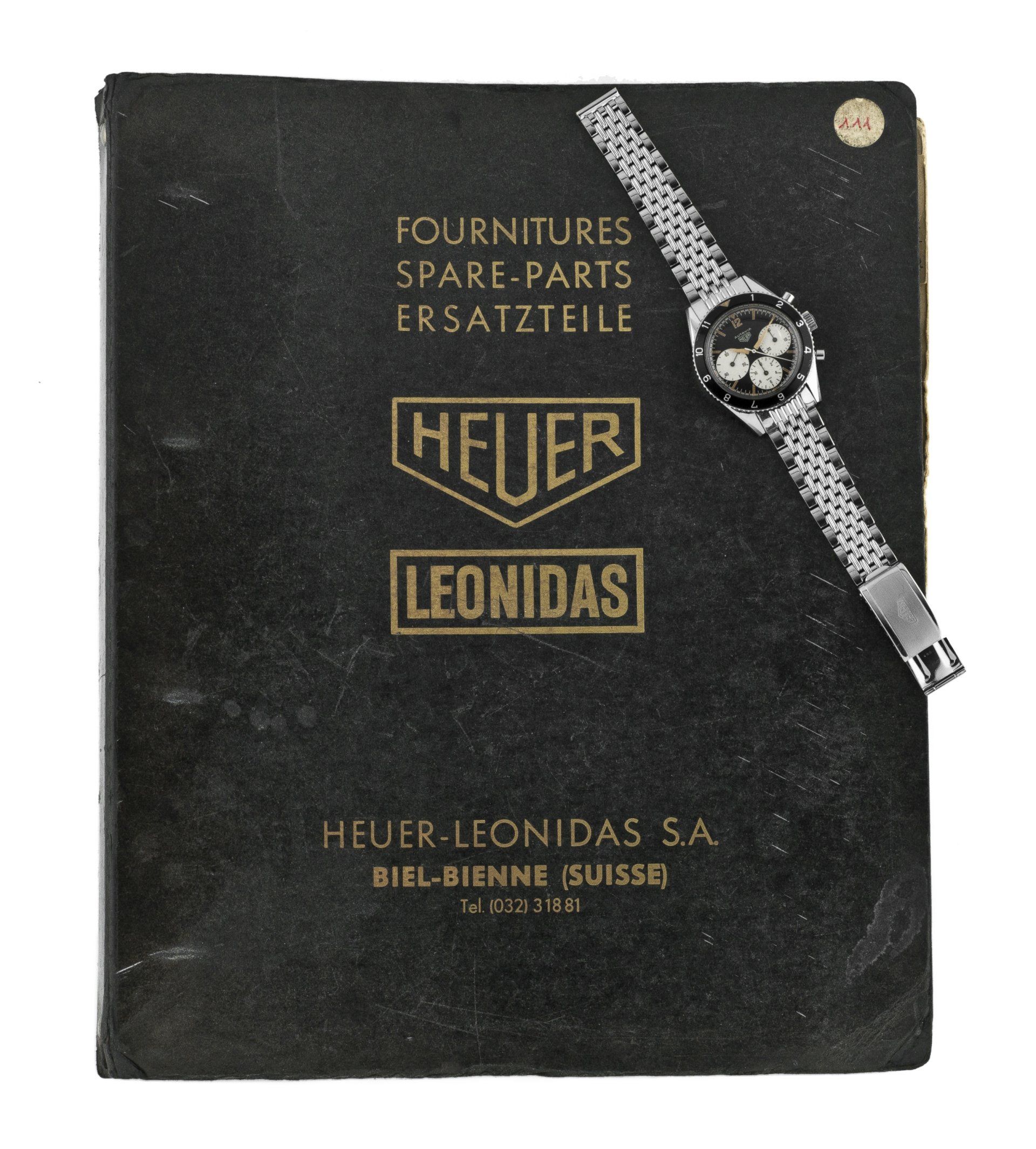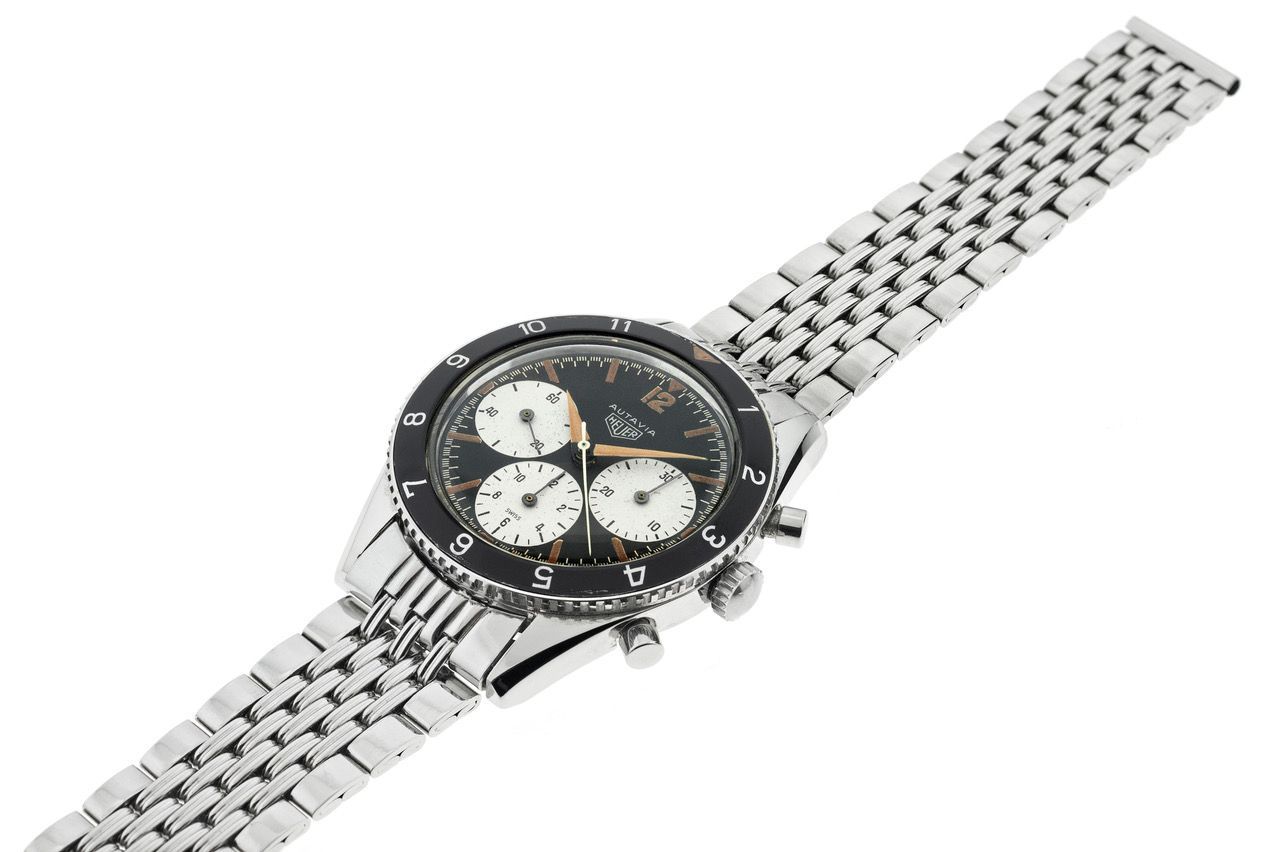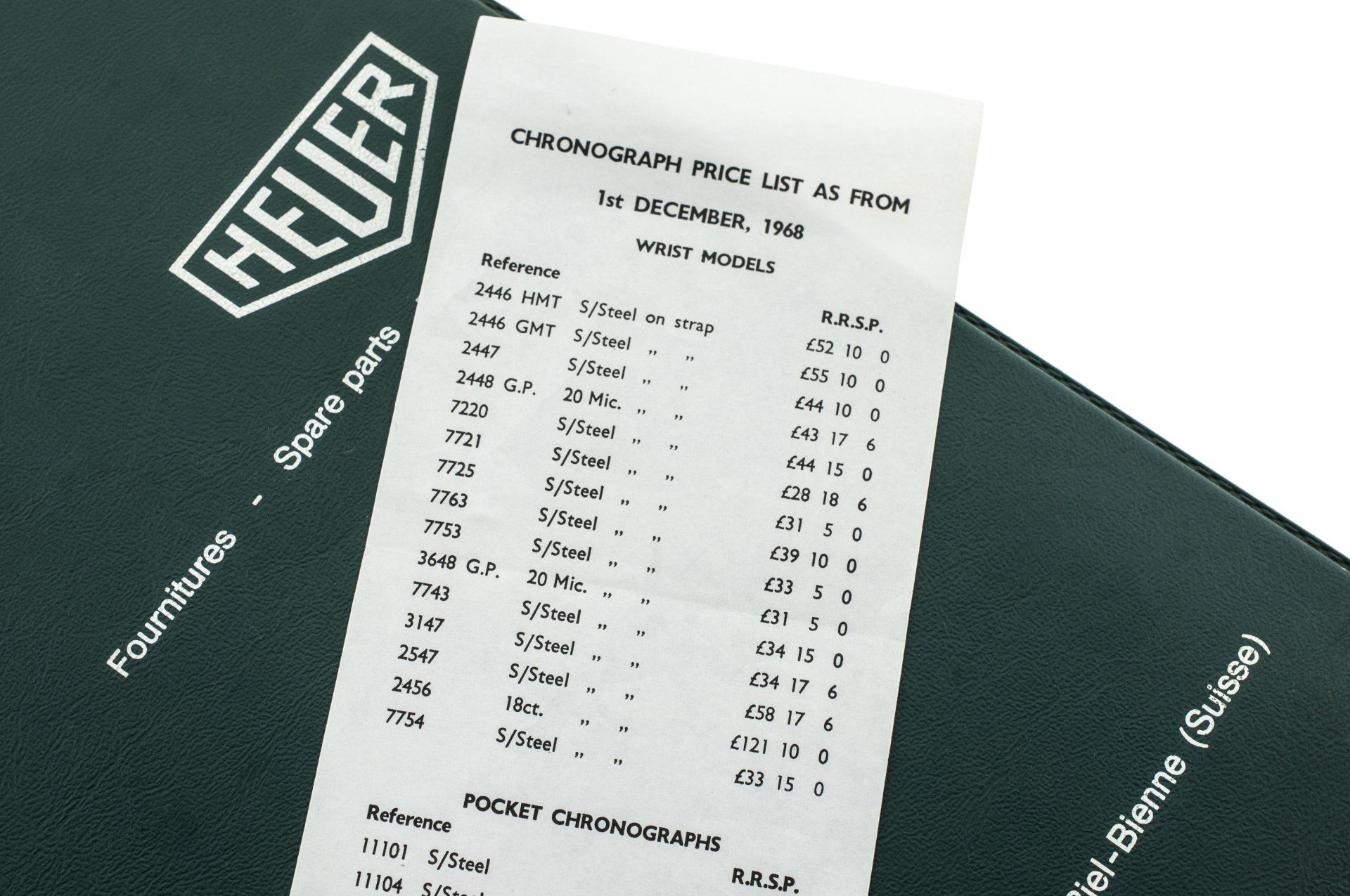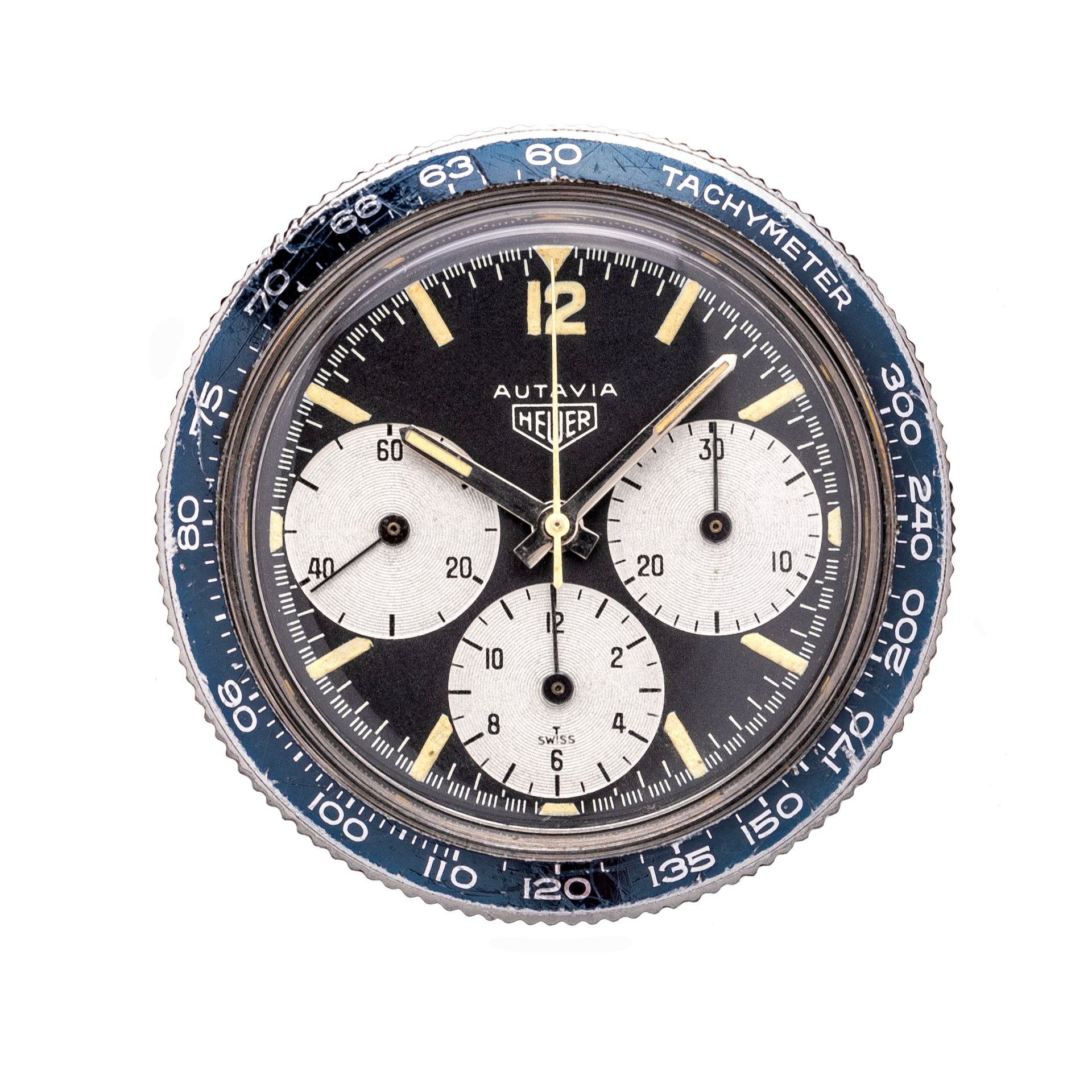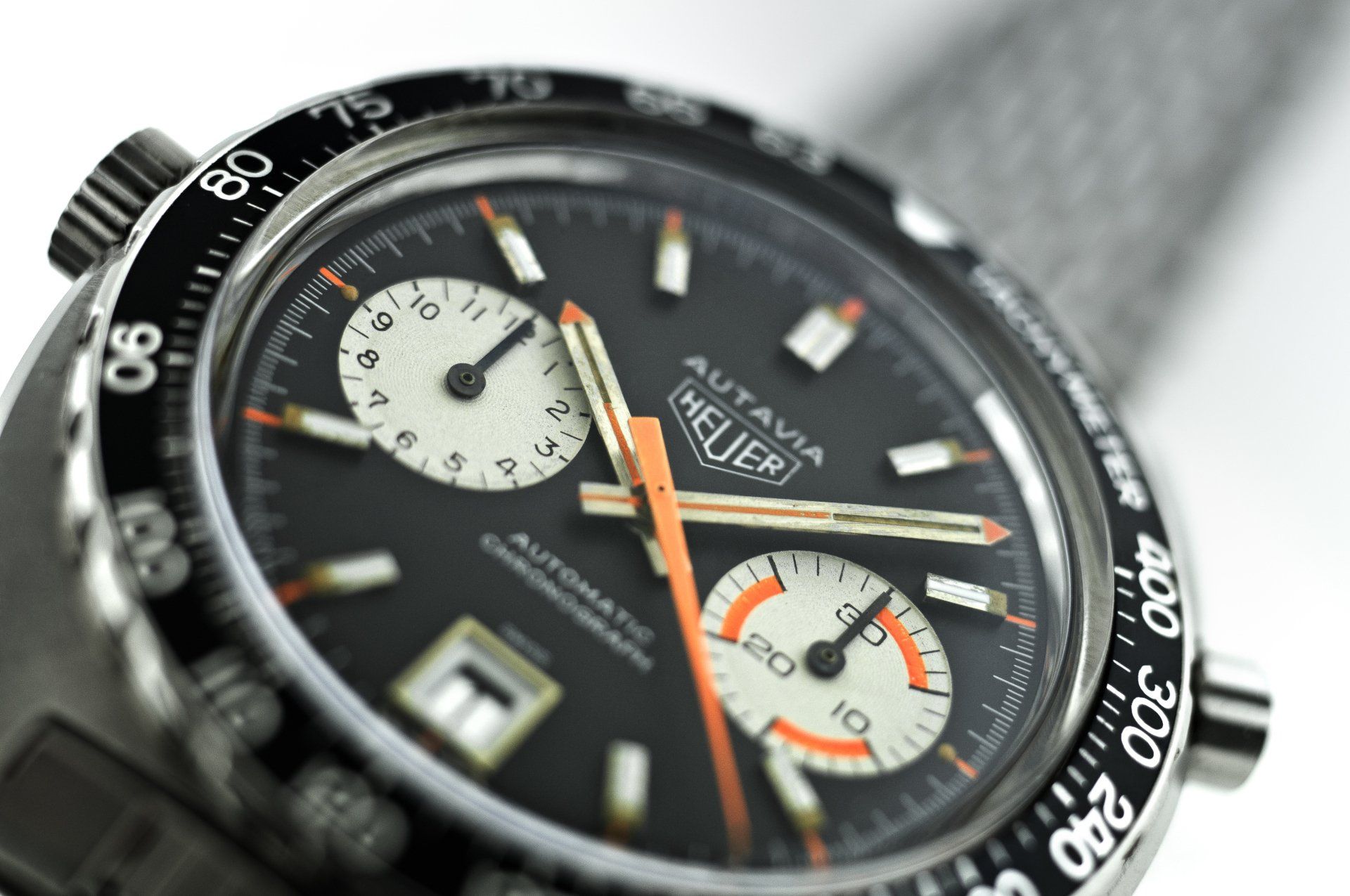November 2019
The general vintage watch market has pulled back from earlier this year, pretty much across the board irrespective of brand. For example Rolex many well have peaked in early 2019, Omega the prior year with Heuer and UG before that of course.
However that is not to say that very strong prices are still being observed, but these are only for exceptional "no issue" pieces, which might at best be 5% of the market. It is true to say that "Fair" to "Poor" examples are the real sticking point in todays market, firstly because so many of the watches out there fall into this category so there is choice, secondly because who wants such a watch UNLESS it is cheap? For these watches there are virtually no buyers (unless you happen to have the parts to restore them) and this is why such watches sit unsold for a very long time, often at prices that are the same as where good condition pieces should be. I hope that at some point the sellers of such watches have the common sense to "clear the decks" and re-invest their money because we are not in 2016 (the peak of the last cycle) and even when the market firms up again I think collectors will have matured and be far fussier about quality. On Heuer we should remember that as a "collectors market" it is at least a decade if not more behind Rolex, and there will still be some lessons to learn. This guide edition sees adjustments on the lower end across the board, however the "Mint" and "Good" values remain largely untouched.
The Heuer market specifically has continued to tread water over the past 6 months, as indeed it probably has for the past year. I can only remember a few good quality watches from the last round of auctions and they all performed more or less within guide tolerances, sadly most auction Heuer stock seems to be "fodder". However there is more activity "behind the scenes" with collectors taking the opportunity from "weak hands" to add some grail pieces to their collection, recognising that some of these watches now look excellent value in comparison to their Rolex or Omega counterparts. Talking of Omega, I had an interesting conversation with an Omega collector recently and we discussed the 2007 Omega Mania auction and the fact that the peak market for Omega in the last cycle was 2007/08. Apparently the general "Omega" market post that extreme (and some may say manipulated moment) did not recover for 7-8 years. We noted that their were some similarities to the Heuer market, which peaked in 2016 with some rather "extreme" auction results (which were actually some 12-18 months prior to the Heuer Parade). If we applied a similar logic (and I'm not saying we should) then we may see the next upward cycle for Heuer being a few years away. Either way for the general vintage market (which like all markets run in cycles), this period of "cooling off" is no bad thing. It affords current collectors the opportunity to rebalance their collections, and buy some missing grail pieces and importantly new collectors have a chance to start collecting with prices meaningfully below the 2016 levels.
Collectors should note that this year I have seen more and more "service" parts, hands and bezels for the 1970s Autavia, and the screw back and compressor case watches from the 1960s. These bezels can be spotted in a variety of ways, some have "TAG Heuer" printed underneath, and the other "tell" is a lack of serif script on the numerals when you look under magnification. As with any vintage watch, service parts have their place but make the watch less desirable and less valuable, the guide assumes all original parts for "Mint" and "Good" categories.
As an aside I was surprised to note that on my social media profiles the majority of my followers are aged between 25-45, with a similar amount between 18-24 as 55-64 . With the amount of messages I receive on a daily basis it also appears to me that more and more people are interested in vintage watches than ever before. So long as this interest continues and new collectors come to the market each year (and people continue to desire mechanical wrist watches) then I see no reason to think that the market will not continue to prosper. As ever we will only know in the future, and so to the next guide update in May 2020...
